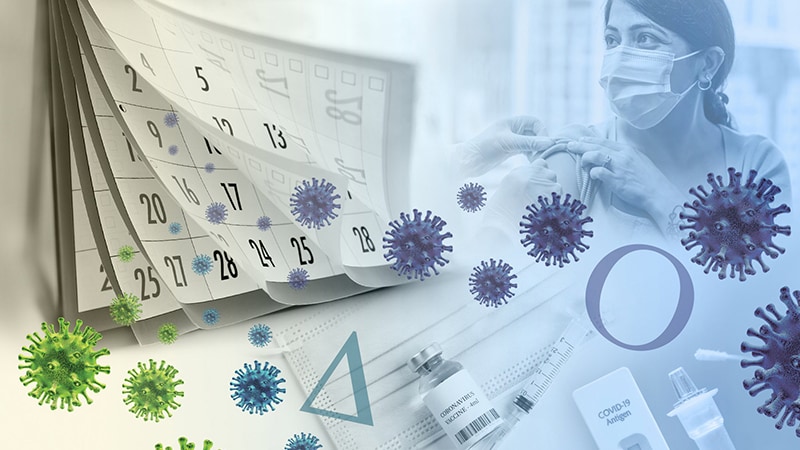Some people revel in winter. For others, going to work in the dark and ending the workday in the dark makes their mood feel…dark. You may have heard these feelings described as the “winter blues” and/or seasonal affective disorder. What you may not know is that seasonal affective disorder is a real mental condition.
Seasonal affective disorder (appropriately abbreviated as SAD) is a subtype of depression that begins when the seasons change, explains Gauri Khurana, MD, a clinical instructor of psychiatry at Yale University School of Medicine and a psychiatrist in the New York City area.
“Winter-type SAD begins when the days become shorter and we are exposed to notably less sunlight, typically as the seasons change to fall and winter,” she says. There’s also a much less common form of SAD—summer pattern SAD—that happens mid-year. Having a seasonal shift in mood—often one that can interfere with how you function in a day—affects about 6 percent of the population in North America, while 14 percent experience a milder form of SAD called the “winter blues.”
More From Men’s Health

SAD is also more common in women than men and generally starts in young adulthood, Dr. Khurana says. It’s also more likely to affect people who also have other illnesses such as depression, bipolar disorder, anxiety, attention deficit hyperactivity disorders and eating disorders.
What are the symptoms of SAD?
According to Dr. Khurana, SAD symptoms are similar to those of depression, which makes sense, since it SAD is considered to be a subtype of depression. To be diagnosed with winter SAD, the depressive symptoms must occur only during the fall and winter. Season-specific symptoms include hypersomnia (sleeping more than usual), overeating (usually with a craving for carbohydrates), social isolation (akin to “hibernating”) and weight gain.
“Typically, patients report feeling sad most of the day, nearly every, experiencing anhedonia [losing interest in things that you used to enjoy], having low energy or feeling easily tired, problems sleeping [usually oversleeping], appetite changes—notably carbohydrate craving and weight gain—trouble concentrating, feeling hopeless and guilty and experiencing thoughts of wanting to die,” she explains. “Specific symptoms for summer-pattern SAD include anxiety, physical restlessness, decreased appetite, weight loss, decreased sleep, and episodes of violent behavior.”
Can you prevent SAD?
Unfortunately, there is no way to prevent SAD, Dr. Khurana says. But there are treatment options, including antidepressants, psychotherapy, and taking vitamin D.
A non-drug treatment option you may have heard about is light box therapy (with what are often referred to as “SAD lamps”), or phototherapy, Dr. Khurana says. It’s not a fad, but it does need to be done correctly to be effective. The light box must face you, and your gaze should be downward at a 45-degree angle, as it is when you’re reading a book at a table, she says.
The light box also has to be the right brightness and distance away from you. “Phototherapy has to be 10K lux at about 22 inches, if it’s going to be usable and effective,” Dr. Khurana explains. When it’s this far away, you can usually read and do other activities while you’re using it. “Someone should have the light box on and facing them for 30 to 45 minutes most days of the week and the light session should occur earlier in the day if possible.”
If the light session occurs late in the day, it may interfere with sleep, Dr. Khurana warns. Pro tip: You should also leave the light box out where you’re going to use it. Otherwise, it’s too easy to forget or not think about it.
If you’re experiencing symptoms of SAD, talk to a doctor, especially since it could be occurring in tandem with other mental health conditions. These can also be managed and treated. Don’t be afraid to be open to treatment options such as home light box therapy.
Emilia Benton is a Houston-based freelance writer and editor. In addition to Women’s Health, she has contributed health, fitness and wellness content to Runner’s World, SELF, Prevention, Healthline, and POPSUGAR, among other publications. She is also a 10-time marathoner, frequent traveler and avid amateur baker.
Note: This article have been indexed to our site. We do not claim legitimacy, ownership or copyright of any of the content above. To see the article at original source Click Here













